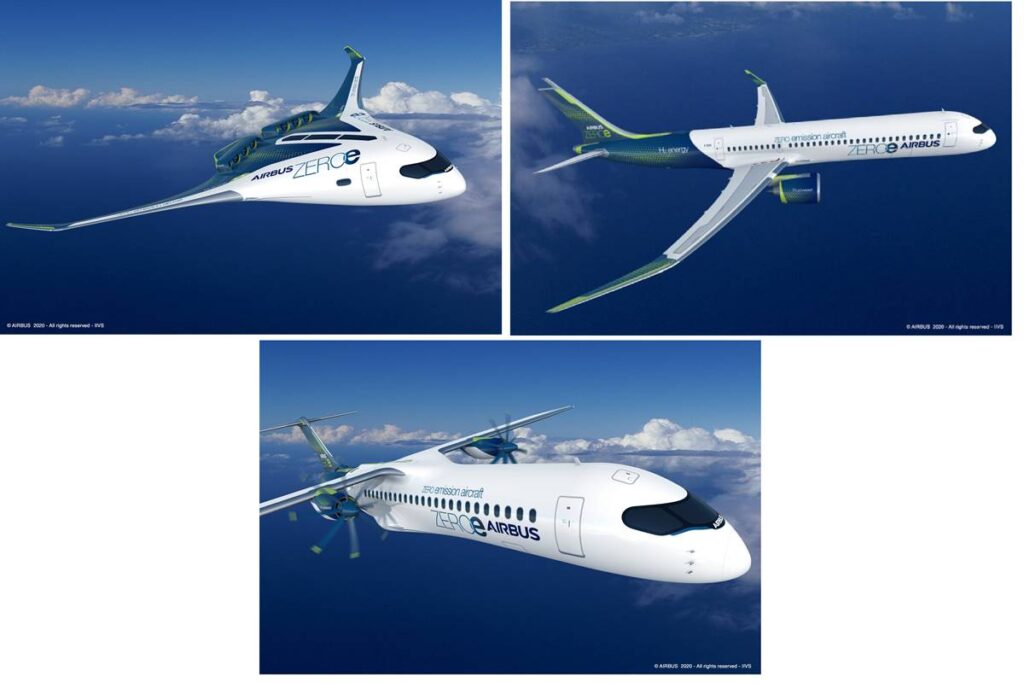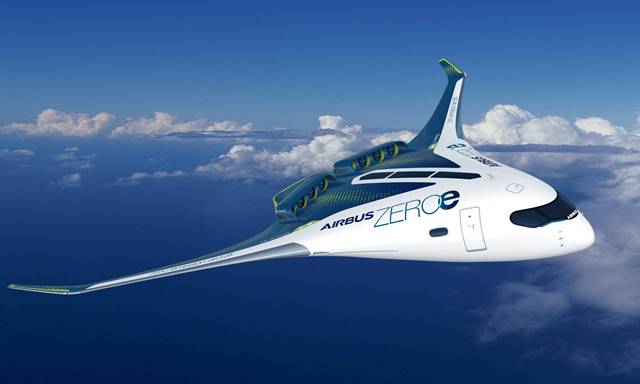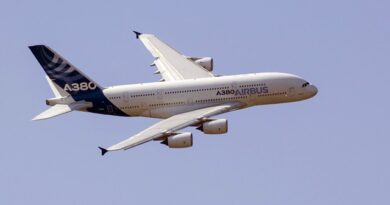Zero Emission – Airbus Unveils Hydrogen Powered Planes
Airbus announces new zero emission concept aircraft
Airbus has developed three concepts for the world’s first zero emission commercial aircraft, scheduled to enter service by 2035. Each of these concepts represents a different approach to achieving zero-emission flight by exploring various technology pathways and aerodynamic configurations to support the company’s efforts to lead the decarbonization of the entire aviation industry.

All these concepts refer to hydrogen as the primary power source. This is an option that Airbus believes is a clean aviation fuel and a solution that will meet the climate neutral goals of many other industries.
“This is a historic moment for the commercial aviation sector as a whole and we intend to play a leading role in the most important transition this industry has ever seen. The concepts we unveil today offer the world a glimpse of our ambition to drive a bold vision for the future of zero-emission flight,” said Guillaume Faury, Airbus CEO. “I strongly believe that the use of hydrogen – both in synthetic fuels and as a primary power source for commercial aircraft – has the potential to significantly reduce aviation’s climate impact.”
Three concepts for the first climate-neutral, zero-emission commercial aircraft called “ZEROe” include:
Turbofan Design
Turbofan Design (120-200 passengers) With a range of over 2000 knots that can operate intercontinental and can be powered by a modified gas turbine engine powered by hydrogen instead of jet fuel by combustion. Liquid hydrogen will be stored and distributed through tanks located behind the rear pressure compartment. .
Turboprop design
A turboprop design (up to 100 passengers) uses a turboprop engine instead of the turbofan, and also derives power from hydrogen combustion in modified gas turbine engines that can travel longer than 1000 knots, making it an ideal option for short-distance travel.
Compound-wing body design
Compound-wing body design concept (up to 200 passengers) Design in which the wings are combined with the main body of the aircraft, which has a similar range to the turbofan concept. The wide body offers multiple options for hydrogen storage, distribution and cabinet layout.
“These concepts will help us explore and mature the design and layout of the world’s first climate-neutral, zero-emission commercial aircraft, which we aim to put into service by 2035,” said Guillaume Faury. “The transition to hydrogen, as the primary power source for these concept planes, will require decisive action from the entire aviation ecosystem. Together with the support from government and industrial partners we can rise up to this challenge to scale-up renewable energy and hydrogen for the sustainable future of the aviation industry.”
To meet these challenges, airports will need substantial hydrogen transportation and refueling infrastructure to meet the needs of daily operations. Government support will lead to the renewal of aircraft fleets to retire older, less environmentally friendly aircraft earlier, along with research and technology, digitalization, and mechanisms that encourage the use of sustainable fuels to achieve these ambitious goals.



